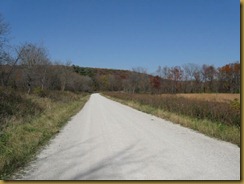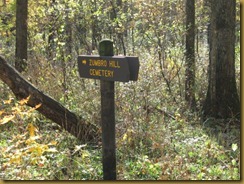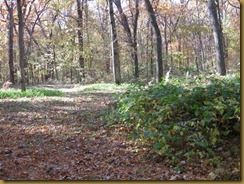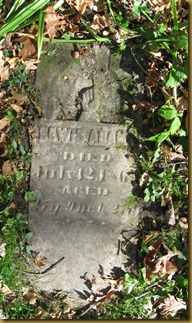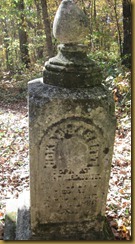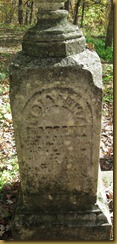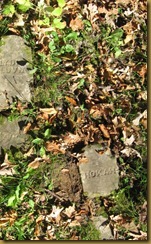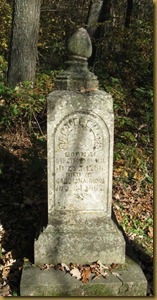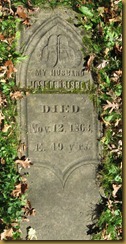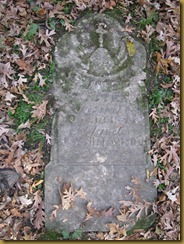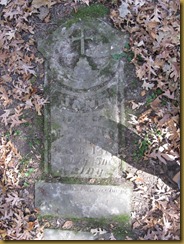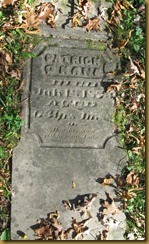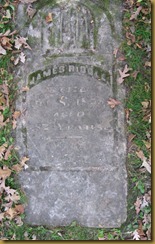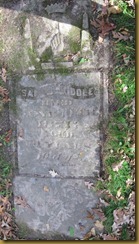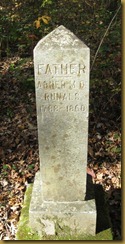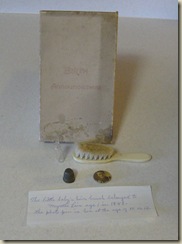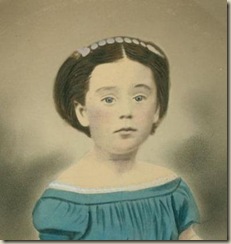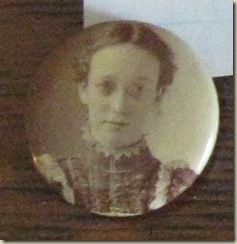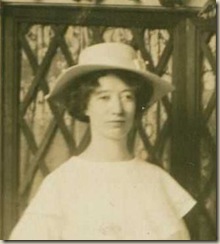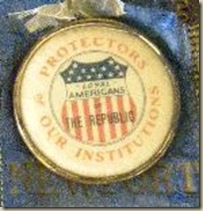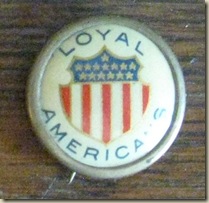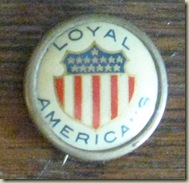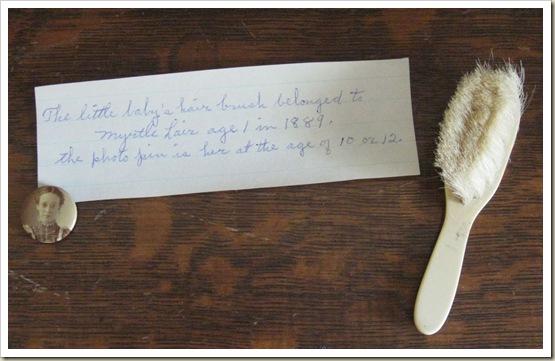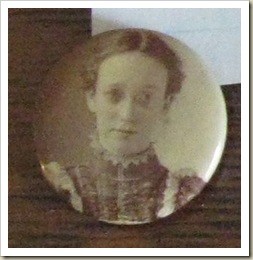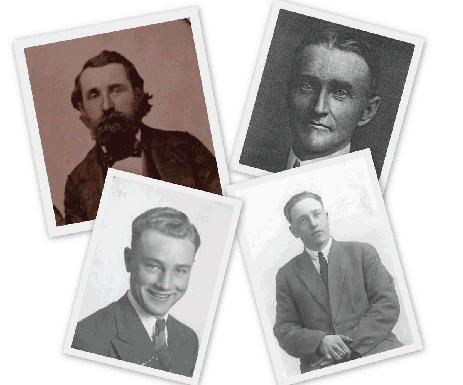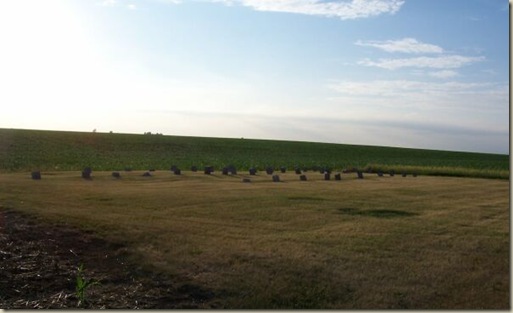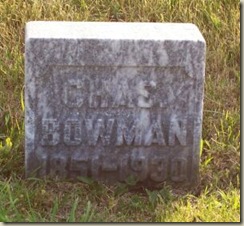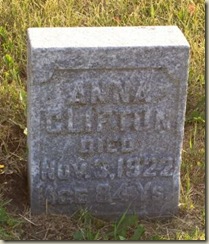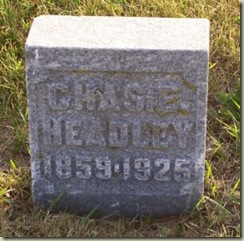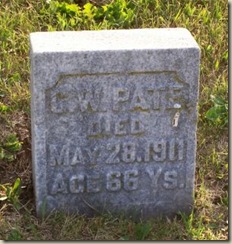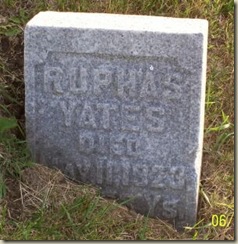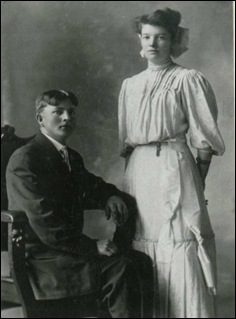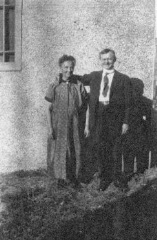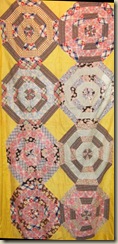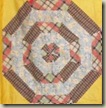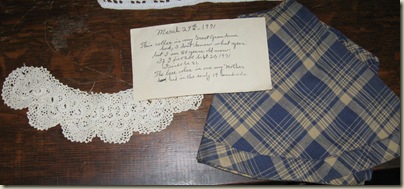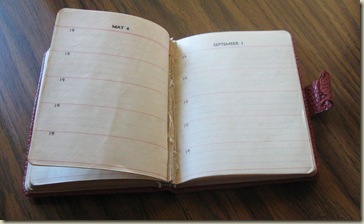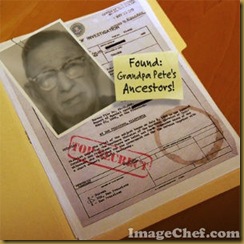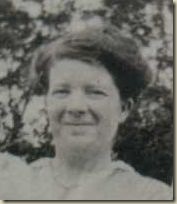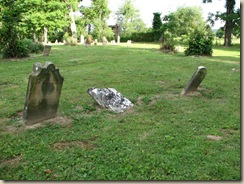I can honestly say I’ve never worked so hard to photograph a cemetery. While I was fairly sure the person I was looking for was not buried in that cemetery, I thought as long as we were that close, we should check it out. From Forestville, Minnesota, it was about “6 blocks and up the hill.”
Actually, it was well over a mile from where we were able to park, and a long, dry, dusty walk in the unseasonably warm 89 degree sun. Sweating profusely, I thought then about turning around, not being prepared for anything too physical, and certainly not dressed appropriately for a hike, but since we were approaching the hill where the cemetery was located, I thought the worst was over. But the climb up the forested hill was not something that two fat, middle aged people should have attempted in the heat of the day. Had I known just how far up the hill this cemetery was located, I’m not sure I would have continued, but once there, the solitude and peace was incredible.
The photo above shows the semi-cleared area where the cemetery is located, and just to the right of the center, you can see the two still-standing stones, the remainder of them on the ground. Having climbed that long, steep hill, I have to wonder how these pioneers managed to get the caskets up there.
Lewis Adams died July 12, 1862 at the age of 27 years. He was a “cooker” by trade, born in Germany, and lived in Forestville with 17 year old Susan Adams, in 1860.
Above, Lydia Luvia Bassett and little Hokah Bassett. Lydia was born in 1839, and Hokah was born in 1855. Hokah died in 1856, and Lydia in 1858, They share a stone with Samuel Smith, 1786 – 1862. Below are individual small stones, broken, for Lydia and Hokah.
Samuel Smith was born in Stratford County, New Hampshire on July 7, 1786, and died at Carimona, Minnesota on Oct. 24, 1862.
Joseph Bisbey died Nov. 12, 1863, at the age of 49. He was a farmer, a native of New York, and the husband of Sophia Bisbey.Riley D. Brooks, son of Hiram S. & Amanda M. Brooks, died August 10, 1869 at the age of 3 months and 27 days.
Above, Major James Foster, and his wife, Jane, who farmed in Forestville township. The former was a native of Pennsylvania, and his wife a native of Ohio. Some of their children, as listed in the 1870 census, were James (19), Catharine (17), Sarah (15), John (14), Mary (11), and Josephine (8).
Patrick O’Kane, a Forestville twp. farmer, was born about 1810 in Ireland. He was married to Ann, and in the 1870 census is living with her, his daughter Lucy (a 24 year old schoolteacher), Mary (18), and John (21).
Elizabeth (1801 – 1867), James (1789-1876), Samuel (1821-1871) Riddle.
Abner Runals, 1788 - 1860
According to a plaque at the cemetery, there are a few additional burials there, but I was not able to locate the stones.

